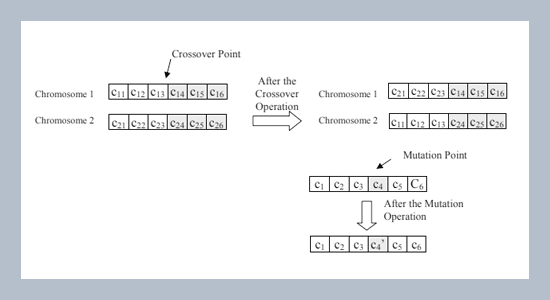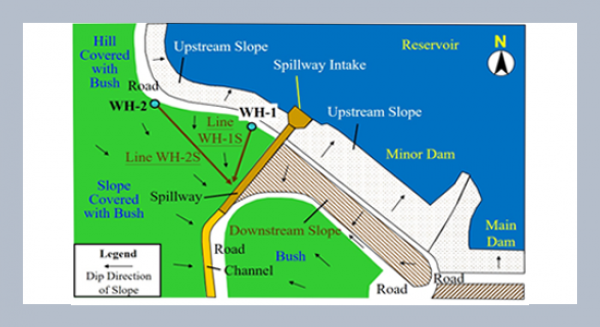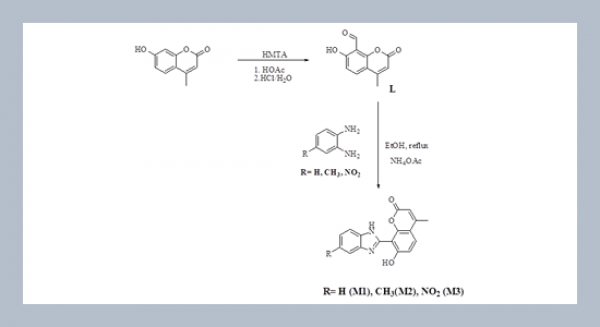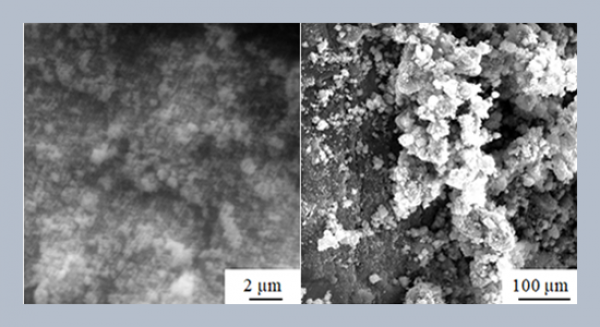REFERENCES
- [1] Chellapilla, K. and Fogel, G. B. 1999. Multiple sequence alignment using evolutionary programming. Proceedings of the 1999 Congress on Evolutionary Computation, Washington C.: 445-452.
- [2] Gen, M. and Cheng, R. 1997. “Genetic Algorithms and Engineering Design”. John Wiley & Sons, New York, S.A.
- [3] Gusfield, D. 1977. “Algorithms on Strings, Trees, and Sequences”. Cambridge University Press, New York, S.A.
- [4] Hirschberg, D. S. 1977. Algorithms for the longest common subsequence problem. Journal of the ACM, 24: 664-675.
- [5] Holland, J. H. 1975. “Adaptation in Natural and Artificial Systems”. MIT Press, Ann Arbor, S.A.
- [6] Isokawa, M., Wayama, M., and Shimizu, T. 1996. Multiple sequence alignment using a genetic algorithm. Proceedings of the Seventh Workshop on Genome Informatics, 7: 176-177.
- [7] Krane, D. E. and Raymer, M. L. 2001. “Fundamental Concepts of Bioinformatics”. Benjamin Cummings, New York, S.A.
- [8] Lin, C. H., Chen, S. J., and Chen, S. M. 2003. A new method for multiple DNA sequence alignment based on genetic algorithms. Proceedings of the 2003 Joint Conference of AI, Fuzzy System, and Grey System, Taipei, Taiwan, Republic of China.
- [9] Lin, C. M. 2000. Using genetic algorithms to solve multiple sequence alignments. Proceedings of the 2000 Genetic and Evolutionary Computation Conference, Las Vegas, Nevada: 883-890.
- [10] Man, K. F., Tang, K. S., and Kwong, S. 1996. Genetic algorithms: concepts and applications. IEEE Transactions on Industrial Electronics, 43: 519-534.
- [11] Michalewicz, Z. 1992. “Genetic Algorithms + Data Structure = Evolution Programs”. Springer, Berlin, Germany.
- [12] Needleman, S. B. and Wunsch, C. D. 1970. A general method applicable to the search for similarities in the amino acid sequence of two proteins. Journal of Molecular Biology, 48: 443-453.
- [13] Notredame, C. and Higgins, D. G. 1996. SAGA: Sequence alignment by genetic algorithm. Nucleic Acids Research, 24: 1515-1524.
- [14] Pevzner, P. A. 2000. “Computational Molecular Biology: An Algorithmic Approach”. MIT Press, Massachusetts, S.A.
- [15] Setubal, J. and Meidanis, J. 1997. “Introduction to Computational Molecular Biology”. PWS Publishing Company, Boston, S.A.
- [16] Stoye, J. 1998. Multiple sequence alignment with the divide-and-conquer method. Gene, 211: 45-56.
- [17] Stoye, J., Perrey, S.W., and Dress, A. W. M. 1997. “Winter Seminar on Molecular Biology and Biophysical Chemistry of the Cell”. Klosters, Switzerland.
- [18] Thompson, J. D., Higgins, D. G., and Gibson, T. J. 1994. CLUSTAL W: Improving the sensitivity of progressive multiple sequence alignment through sequence weighting, position specific gap penalties and weight matrix choice. Nucleic Acids Research, 22: 4673-4680.
- [19] Tönges, U., Perrey, S. W., Stoye, J., and Dress, A. W. M. 1996. A general method for fast multiple sequence alignments. Gene, 172: 33-41.
- [20] Waterman, M. S. 1984. General methods of sequence comparison. Bulletin of Mathematical Biology, 46: 473-500.
- [21] Zhang, C. and Wong, A. K. C. 1997. A genetic algorithm for multiple molecular sequence alignment. Computer Applications in the Biosciences, 13: 565-581.
- [22] Zhang, C. and Wong, A. K. C. 1997. Toward efficient multiple molecular sequence alignment: A system of genetic algorithm and dynamic programming. IEEE Transactions on Systems, Man, and Cybernetics-Part B: Cybernetics, 27: 918-932.
- [23] JCreator Version 2.5. 2000. Xinox Software. (http://www.jcreator.com/)















